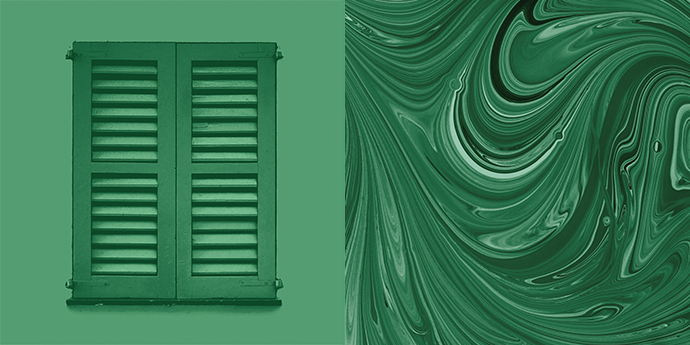Process Aids for Paints & Coatings
Wherever hard water is a concern, wetting agents or water softeners are used to reduce the adverse effects between the electrolytes of the water and the paint components.
To understand the performance of a process aid, it is important to analyze the additive’s impact on the primary particle size distribution in the filler/TiO2 slurry. An improved primary particle size distribution in general leads to a better hiding power of the finished paint. Moreover the process aid supports the grinding of the components in the fastest possible time. Lower processing times lead to lower energy consumption as well as higher production capacity.

Downloads
Product highlights
Any questions? Contact us!

